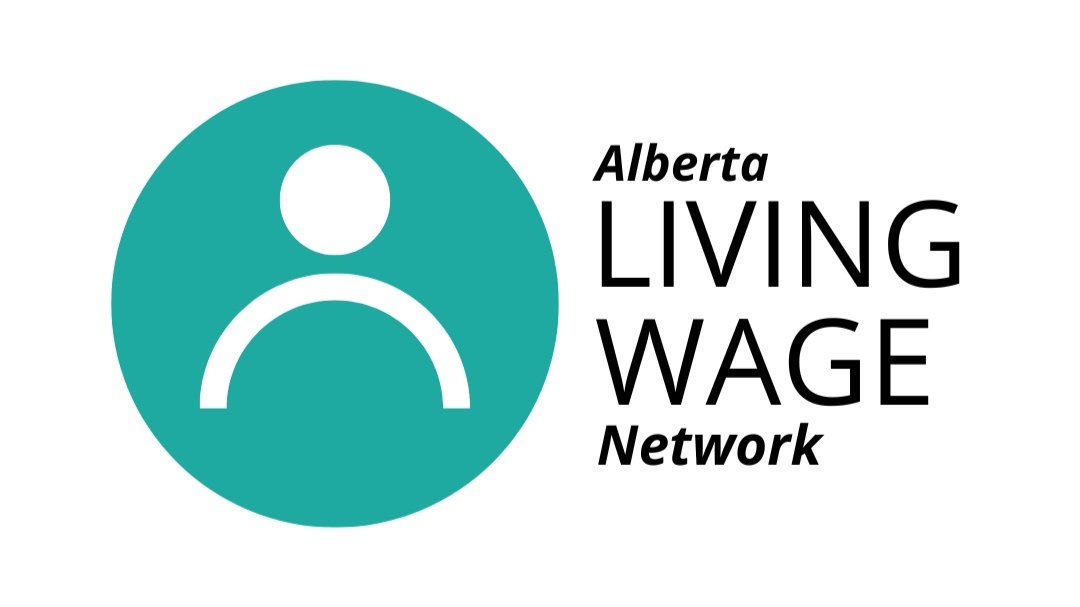A standard methodology for calculating living wages in the province
The Alberta Living Wage Network has spent the past few months developing a standard methodology for calculating living wages in the province. This is important for a few reasons which were outlined by Living Wage Canada in their Canadian Living Wage Framework. It allows living wages to be meaningfully compared between different municipalities across Alberta and Canada, reflecting real differences in costs or standards between communities, rather than methodological differences. This provides consistency for employers, particularly those that operate in multiple provinces, when developing their own compensation policies.
So, how do we calculate the living wage?
Well, it’s complicated, but it really boils down the income needs of a two-parent family with two young children. It considers the hourly rate of pay needed for a household to maintain a modest standard of living, once government transfers have been added to the family’s income, and taxes have been subtracted. The methodology assumes that both parents are working full-time hours and includes more than the basics of food, clothing and shelter. Calculations also take into account unexpected costs, small investments in education, and childcare.
For the most part, living wage calculations were based on Statistics Canada’s Market Basket Measure which develops thresholds of poverty based on the cost of clothing, shelter, transportation, and other items for individuals and families representing a modest, basic standard of living. We used different metrics for food, childcare, health care and tuition. To learn more about the methodology, check out How Living Wages are Calculated.
Living wages have a goal to give people a modest standard of living, but the budget is basic and doesn’t provide for a lot of extras. It does, however, aim to get people and families out of financial stress by lifting them out of poverty and providing a basic level of economic security. Additionally, it would support a family throughout the life cycle so that young adults aren’t discouraged from having children and older workers have some extra income as they age.
We invite you to review the methodology and some Common Questions, including why a family of four is used as a baseline.

